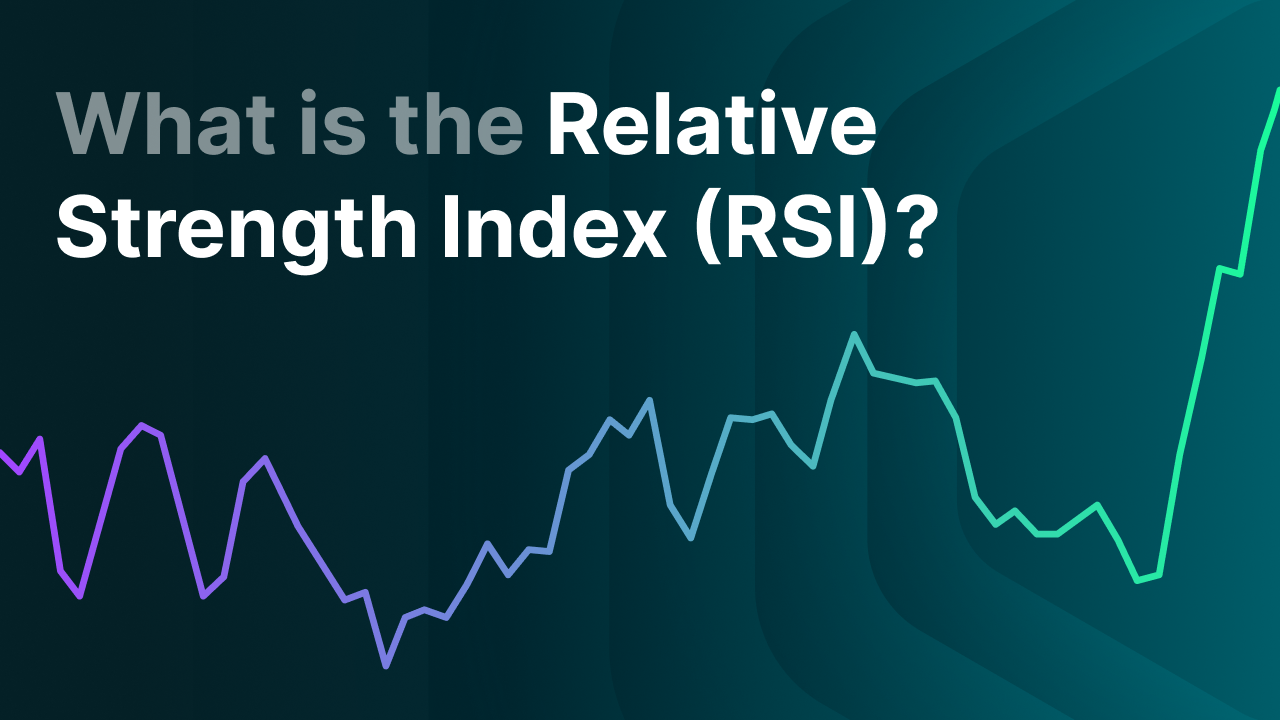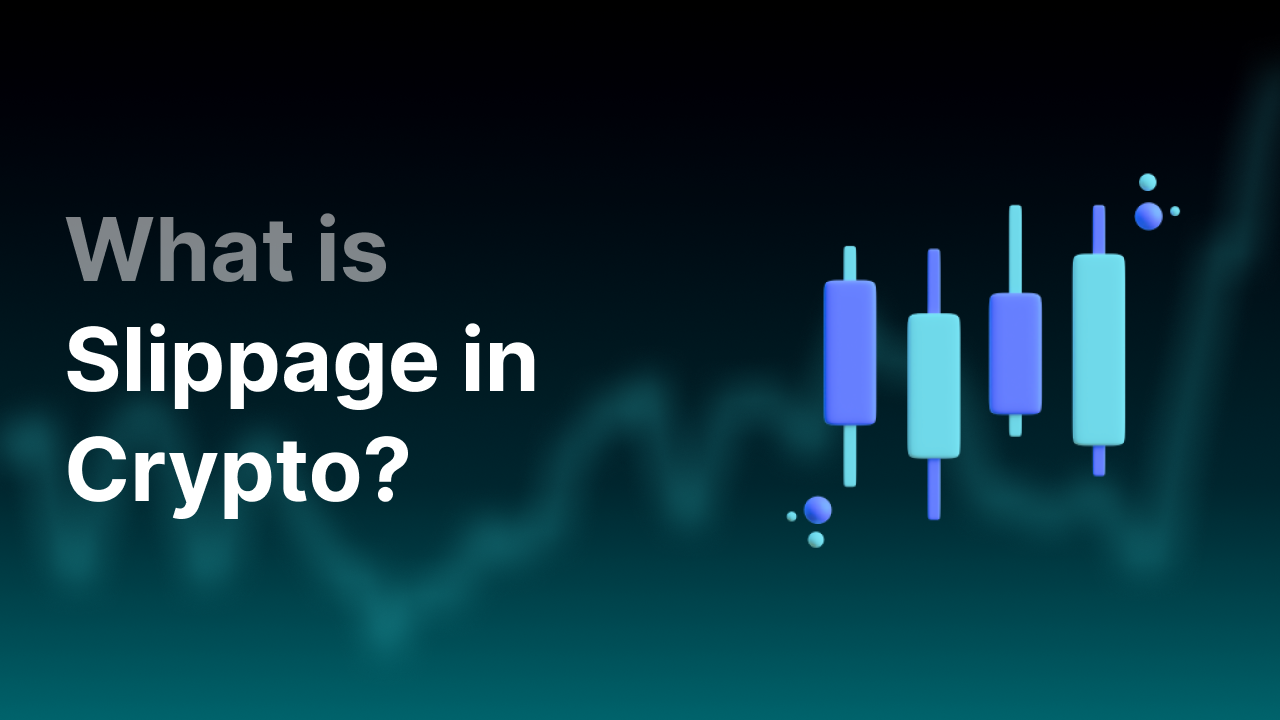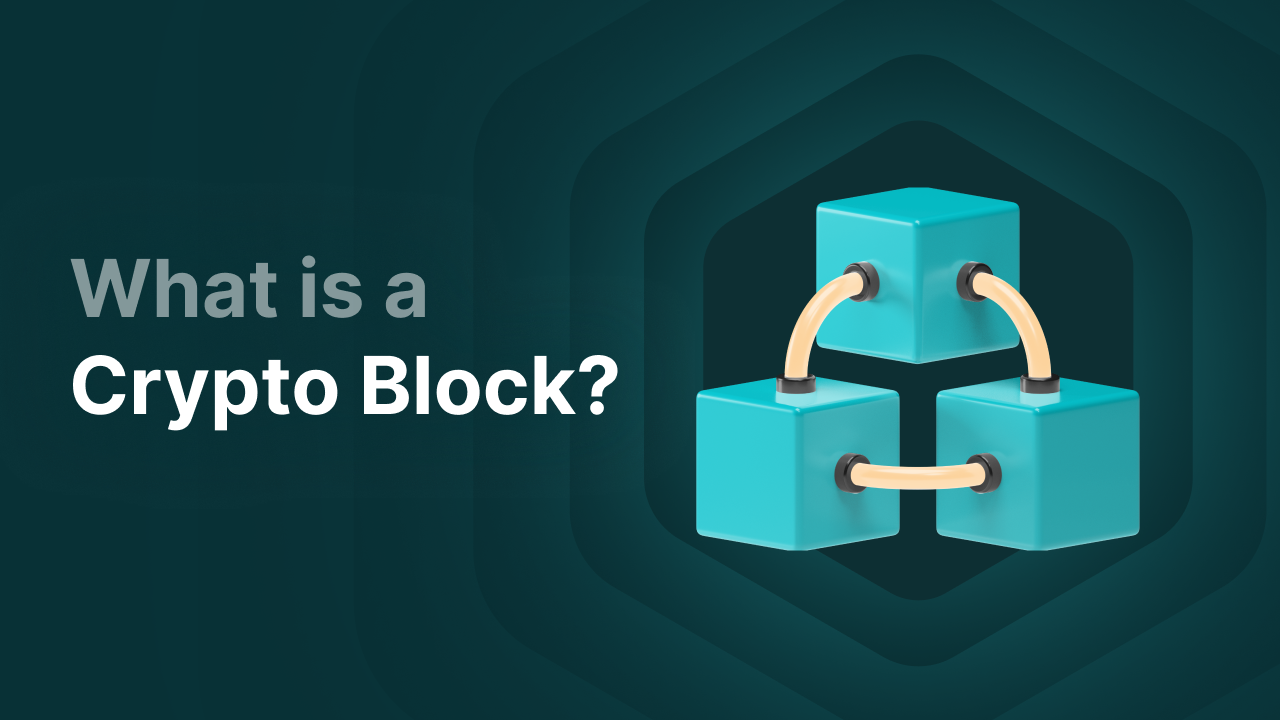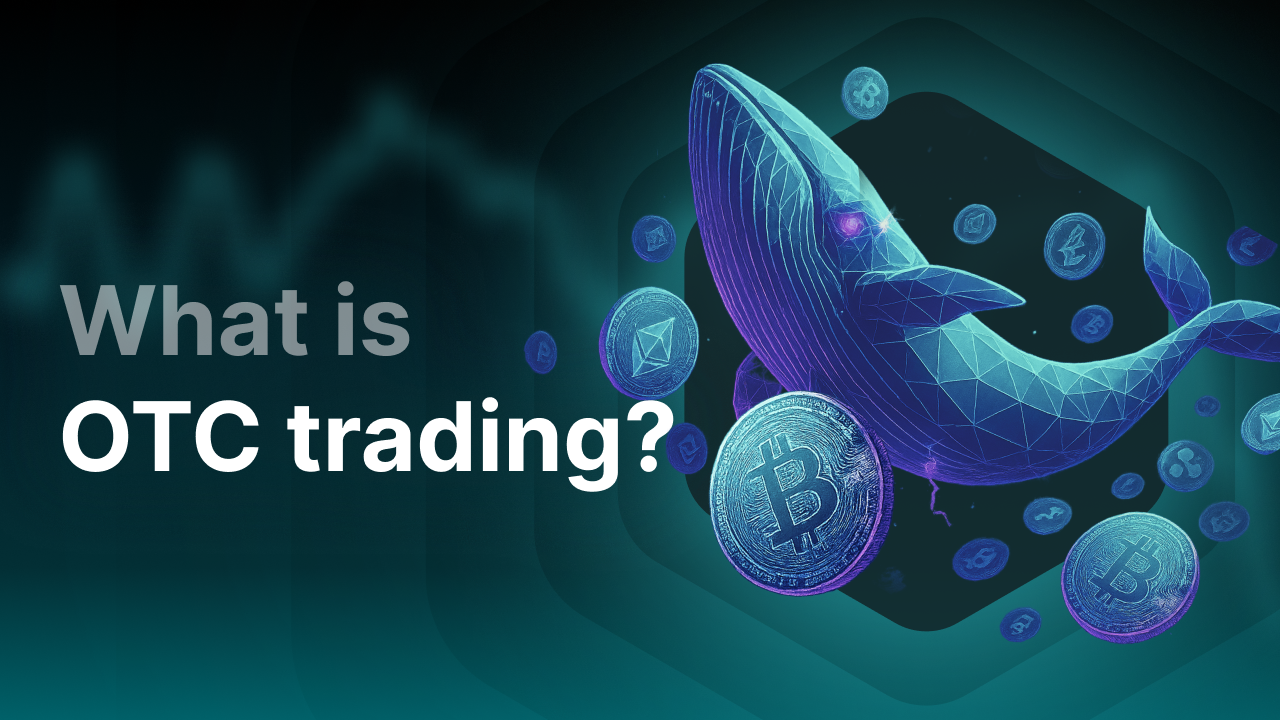La différence entre les blockchains de layer 1 et de layer 2
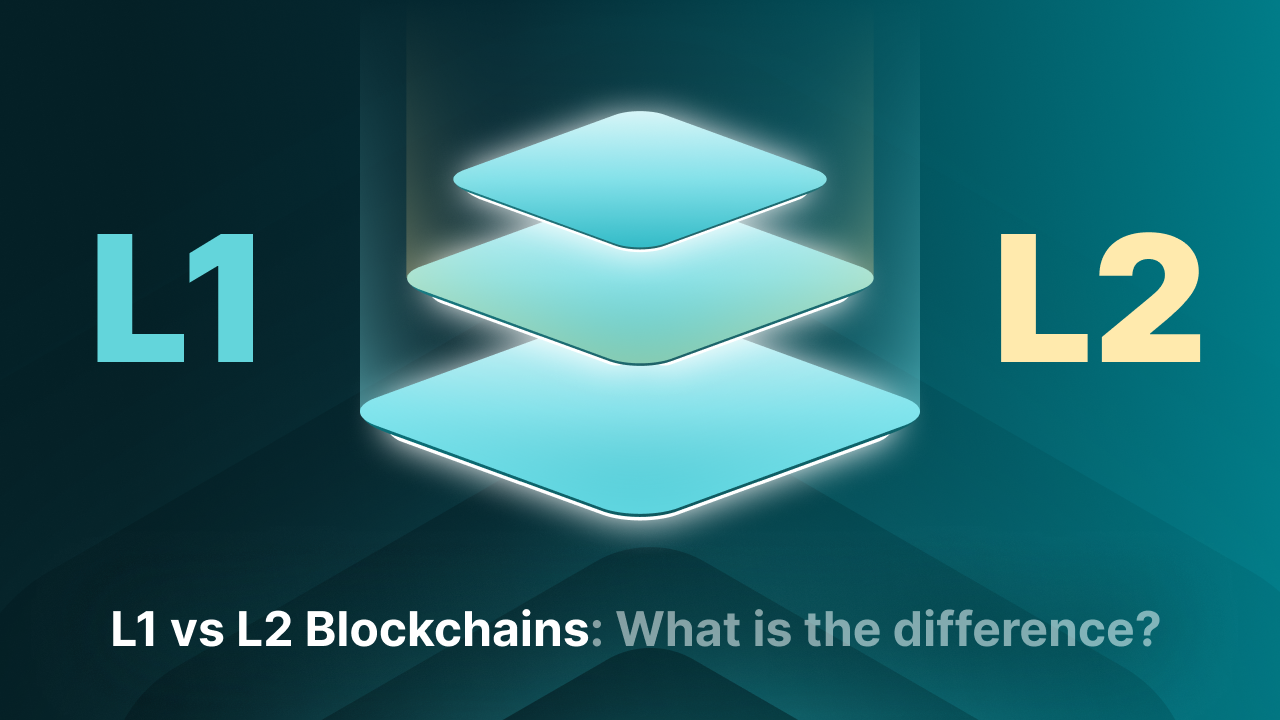
Quelle est la différence entre les blockchains de layer 1 et de layer 2 ?
La différence entre les blockchains de layer 1 et de layer 2 réside dans le niveau auquel les transactions sont traitées:
La layer 1 est la chaîne de base elle-même (comme Bitcoin ou Ethereum), où toutes les transactions ont lieu directement. La layer 2, en revanche, est une layer supplémentaire au-dessus de la layer 1, qui traite les transactions plus rapidement et à moindre coût sans modifier la layer principale.
Dans cet article, nous expliquons les différences entre les blockchains de layer 1 et de layer 2, leur fonctionnement et pourquoi elles sont essentielles pour l'avenir des systèmes décentralisés.
À retenir
-
Les blockchains de layer 1 sont les layers fondamentales des réseaux tels que Bitcoin et Ethereum, où toutes les transactions ont lieu directement.
-
Les blockchains de layer 2 sont des layers supplémentaires au-dessus de la layer 1 qui traitent les transactions plus rapidement et à moindre coût, sans modifier la layer principale.
-
La layer 1 souffre de problèmes de scalabilité : vitesse de transaction limitée et coûts élevés en période de forte activité sur le réseau.
-
Les solutions de layer 2 prennent en charge une partie du traitement des transactions, les traitent hors chaîne, puis les règlent sur la layer 1.
-
Parmi les exemples de layer 2, on trouve le Lightning Network (Bitcoin) et les Optimistic Rollups (Ethereum).
-
La layer 2 est cruciale pour les applications décentralisées telles que les dApps, DeFi, plateformes NFT et jeux blockchain.
-
Les deux layers sont indispensables : la layer 1 pour la sécurité et la décentralisation, la layer 2 pour l'efficacité et une adoption large.
Qu’est-ce qu’une blockchain de layer 1 ?
Une blockchain crypto de layer 1 est le réseau de base ou fondamental d’une blockchain. Il s’agit de l’architecture centrale où les transactions ont lieu, et elle comprend le mécanisme de consensus qui assure la sécurité et la décentralisation du réseau.
Les blockchains de layer 1 sont les blockchains originelles, responsables du traitement direct de toutes les transactions sur la blockchain. Elles garantissent la sécurité du réseau, le consensus et la validation des transactions. Cependant, à mesure que l’adoption de la blockchain augmente, ces réseaux font face à d’importants défis, notamment en matière de scalabilité.
Bitcoin (BTC), Ethereum (ETH) et Solana (SOL) sont des exemples de blockchains de layer 1.
Le problème de scalabilité des blockchains de layer 1
À mesure que l’utilisation des réseaux blockchain tels que Bitcoin et Ethereum augmente, les réseaux de layer 1 rencontrent des problèmes. Le principal problème est leur capacité limitée à traiter efficacement un grand nombre de transactions.
Par exemple :
-
Bitcoin peut traiter environ 7 transactions par seconde (TPS).
-
Ethereum peut traiter (sans solutions de scalabilité) environ 30 TPS.
À titre de comparaison, les systèmes de paiement traditionnels comme Visa peuvent traiter des milliers de transactions par seconde. Plus le réseau est utilisé, plus le temps de traitement ralentit et les coûts augmentent, ce qui dégrade l’expérience utilisateur. Pour résoudre ces problèmes, les développeurs travaillent sur des solutions de scalabilité de layer 1 telles que le sharding et des améliorations du mécanisme de consensus (comme la transition d’Ethereum de Proof of Work vers Proof of Stake). Cependant, même ces améliorations ne résolvent pas complètement le problème.
C’est là que les solutions de layer 2 interviennent.
Qu’est-ce qu’une blockchain de layer 2 ?
Une blockchain crypto de layer 2 est un réseau superposé qui fonctionne sur une blockchain de layer 1 afin d’améliorer la scalabilité, comme par exemple Optimism au-dessus d’Ethereum. Les solutions de layer 2 visent à décharger une partie du réseau de layer 1 en termes de transactions, afin que la layer de base puisse se concentrer sur la sécurité et la décentralisation, tandis que le réseau de layer 2 traite un grand nombre de transactions de manière plus efficace.
Les blockchains de layer 2 ne modifient pas le protocole sous-jacent de la layer 1. Elles fonctionnent en parallèle, traitant les transactions hors chaîne et les réglant en lots sur la layer de base. Cela réduit à la fois les coûts et la pression sur la chaîne principale.
Outre l’accélération des transactions ordinaires, les solutions de layer 2 sont essentielles au fonctionnement des applications décentralisées (dApps). De nombreuses dApps fonctionnent avec des contrats intelligents (smart contracts) qui nécessitent de nombreuses interactions, telles que :
-
Plateformes d’échange (par ex. échanges décentralisés)
-
Places de marché NFT
-
Applications de finance décentralisée (DeFi) incluant prêts, staking et yield farming
-
Jeux blockchain et plateformes métavers
Sans layer 2, ces applications seraient souvent lentes, coûteuses et peu évolutives. Grâce à la layer 2, les contrats intelligents peuvent servir plus d’utilisateurs simultanément, avec des temps de traitement plus rapides et des coûts réduits. Cela rend la technologie blockchain beaucoup plus pratique pour un usage quotidien.
Des réseaux comme Polygon sur Ethereum démontrent particulièrement bien comment les solutions de layer 2 abaissent les barrières tant pour les développeurs que pour les utilisateurs de dApps. Elles permettent d’exécuter des centaines ou milliers d’interactions avec des contrats intelligents sans que chaque transaction ne coûte plusieurs euros de frais de gas.
Exemples de solutions de layer 2 :
-
Lightning Network de Bitcoin : conçu pour permettre des transactions rapides et bon marché en créant des canaux de paiement hors chaîne qui sont ensuite réglés sur la blockchain Bitcoin.
-
Optimistic Rollups d’Ethereum : une solution de scalabilité qui traite les transactions hors chaîne et ne transmet à Ethereum que l’état final, réduisant ainsi considérablement la congestion et les gas fees.
Principales différences entre les blockchains de layer 1 et layer 2
Après avoir expliqué ce que sont les blockchains de layer 1 et layer 2, examinons leurs principales différences :
Pourquoi les deux layers sont-elles nécessaires ?
Les layers 1 et 2 sont toutes deux essentielles à une blockchain évolutive. La layer 1 pose les bases avec une sécurité forte et la décentralisation. Mais sans layer 2, le réseau ne serait pas assez efficace pour un usage quotidien ni pour l’adoption des applications décentralisées.
Les solutions de layer 2 offrent la vitesse et l’efficacité nécessaires pour des applications dans des domaines comme la finance, le jeu et la gestion de la chaîne logistique. Elles garantissent que la blockchain reste utilisable sans compromettre la sécurité et la décentralisation du réseau.
En résumé
La différence entre les blockchains de layer 1 et layer 2 réside dans leur rôle au sein du réseau. La layer 1 constitue la base avec une sécurité et un consensus forts, tandis que la layer 2 améliore la scalabilité en traitant les transactions de manière plus efficace et rapide. Ensemble, elles forment le socle d’un écosystème décentralisé durable, sûr, évolutif et prêt pour une adoption à grande échelle.
